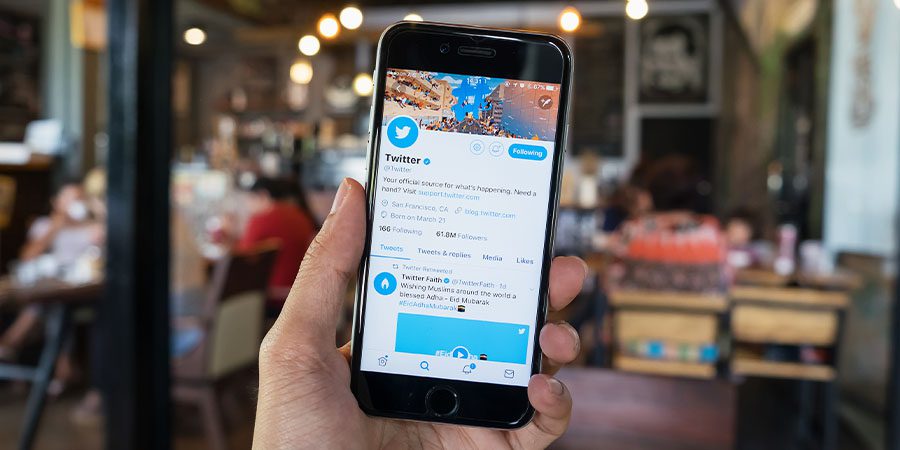In this article, we’ll explore the recent introduction of Twitter’s new labels for restricted tweets and their implications on transparency and content moderation on the platform.
Key Takeaways:
- Twitter introduces new labels for restricted tweets.
- Initial implementation will focus on tweets violating the Hateful Conduct policy.
- The labels provide transparency in content moderation actions.
- Users can submit feedback on incorrect limitations.
- Future expansion to other policy areas is planned.
Twitter’s New Approach to Restricted Tweets
Twitter has been continuously working on enhancing its platform, and its most recent update is the introduction of new labels for restricted tweets.
The company has previously taken measures to limit the visibility of tweets that violate its policies, but these actions weren’t always apparent to users.
By introducing new labels, Twitter aims to be more transparent with its users about the reasons behind such restrictions.
Now, when Twitter restricts a tweet for breaking its rules, the new labels will make it evident why the tweet has been limited in visibility.
This move is an effort to provide users with a clear understanding of how the platform’s content moderation policies work and to foster a healthier online environment for discussions and debates.
Hateful Conduct Policy and Label Implementation
Twitter’s new labels will initially focus on tweets that violate the Hateful Conduct policy.
According to a company blog post, Twitter has acknowledged that while it has been restricting the reach of tweets (also known as visibility filtering), it hasn’t been transparent about these actions.
The Hateful Conduct policy aims to protect users from offensive content that promotes violence, harassment, or hatred based on race, ethnicity, gender, sexual orientation, or other protected characteristics.
By implementing the new labels on tweets violating this policy, Twitter is taking a significant step toward promoting transparency and ensuring that users are aware of the content moderation actions taken on the platform.
Enhancing Transparency with Labels
The new labels are designed to bring a higher level of transparency to enforcement actions on Twitter.
They will display which policy the tweet potentially violates to both the author and other users on the platform. In doing so, Twitter is empowering users with information about why certain tweets are made less discoverable.
Moreover, Twitter has decided not to place ads adjacent to content labeled as restricted.
This decision sends a clear message about the company’s stance on promoting a safe and positive environment for advertisers and users alike.
The implementation of these labels marks a crucial turning point in how Twitter handles content moderation and showcases its dedication to enhancing transparency for its users.
User Feedback and Appeal Process
In addition to providing more transparency, Twitter is giving users the opportunity to submit feedback on the new labels if they believe their tweet has been incorrectly limited.
While submitting feedback doesn’t guarantee a response or a restoration of the tweet’s reach, it does give users a chance to voice their concerns and have a say in the moderation process.
Twitter is also working on allowing authors to appeal the company’s decisions.
This move demonstrates that Twitter is keen on ensuring fair and accurate enforcement of its policies.
By involving users in the content moderation process, Twitter is cultivating an environment that values user opinions and fosters a sense of collaboration and trust between the platform and its users.
Future Expansion of Labeling
Although the initial implementation of the new labels is focused on the Hateful Conduct policy, Twitter plans to expand their application to other policy areas in the coming months.
This expansion will further enhance the platform’s transparency and ensure that users are well-informed about the reasons behind restricted tweets, regardless of which policy has been violated.
As Twitter continues to refine its content moderation practices and incorporate user feedback, it is evident that the company is committed to creating a safe and transparent platform for users.
This commitment is vital in maintaining user trust and fostering a positive environment for public conversation.
Conclusion
The introduction of new labels for restricted tweets is a testament to Twitter’s dedication to creating a more transparent and user-centric platform.
By focusing initially on the Hateful Conduct policy and incorporating user feedback, Twitter is working to enhance the online experience for its users while promoting safety and positive interactions.
As the company expands the labeling system to other policy areas, it further demonstrates its commitment to maintaining a trustworthy platform for public discourse.
The collaboration between Twitter and its users in content moderation and appeals processes fosters a sense of shared responsibility, paving the way for a healthier and more engaging social media experience.
 Sections of this topic
Sections of this topic
















